Parent and child groups are a brilliant resource for Mums and Dads seeking friendship and support from other parents, as well as playmates for their pre-school children. Many parents have found lifelong friends in these groups and they can be a life-saver for those who are feeling isolated or are perhaps new to an area.
Parent and Child groups differ from playgroups, nurseries, etc., as you, the parent, will need to stay with your child throughout, and for that reason these groups do not require the same level of administration as a formal childcare setting. Groups are often run by charities such as the National Childbirth Trust, churches, community groups, and even schools and nurseries who see it as a good way of introducing parents and children to their facilities.
If, however, your area is lacking in groups then why not consider setting up one of your own? Unfortunately, it is not as simple as just booking a venue and hoping that people turn up, as there are several points that you will need to consider. However, this guide, by a Mum with experience of setting up and running a group, will help you prepare for the process.
Research What Type Of Group Is Needed
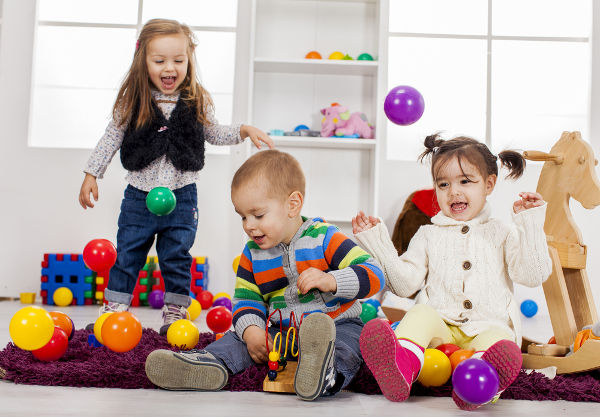
Firstly, you need to find out if there is a need for a group in your area. You might already have a large group of parent friends who want to have somewhere to meet, in which case you have a readymade group available. However, if you are trying to do this alone or with one or two other parents then you need to think about what demand there is in the area. You could research groups that are currently in operation. If you are not sure where they are try contacting your local SureStart centre or council Family Information Service.
You could also join local parent and toddler groups on social media sites and ask if this would be of interest to people there. Consider approaching local child-minders to ask them if they would be interested in the group, many look after young children and are always looking for new activities to engage those children with. You might want to think about specialising your group if you think there is a need and you have the resources to do so. For example, a Dad and child group, or a music group.
Finding A Suitable Venue
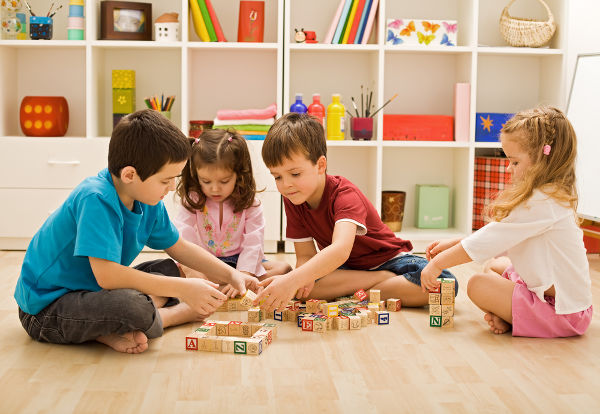
Your first step should be to find an appropriate venue. It should be large enough to accommodate the children and parents, including space to run around. Ideally, the venue will have a supply of chairs for the parents and tables for snacks / activities, as well as an area where drinks and snacks can be prepared.
You will also need to take into account legislation such as that covering health and safety and equality. The venue owners should have public liability insurance and the venue should be accessible for disabled visitors throughout. Fire detection systems such as smoke alarms and fire extinguishers need to be in place and exits should be clearly marked. There should be toilets and a place to wash hands.
A baby-changing table will be a bonus, though you could always choose to supply your own mats if necessary. If the venue is supplying electrical equipment, such as a kettle or a microwave, then these should be PAT tested. Make sure that there are adequate heating facilities and consider the practicalities of cleaning up the venue at the end of the group, i.e. plush cream carpets and toddlers don’t tend to mix well!
Venues such as church halls and community centres are a good place to start. Many may wish to find new ways to engage the local community and see your group as a good opportunity. If you live in a rural location, then a village hall may be ideal or you could consider approaching local charities, governmental organisations, or NHS organisations to see if they have a suitable space available.
You will also need to consider storage space for the toys and equipment for your group. Some venues will let you use a cupboard etc., but others may not have the space available. In this case you will need to think about where you can store everything. Try and negotiate a deal with the landlord / building owners about hire. Booking the venue in six / 12 month blocks may mean they are willing to negotiate on hire costs. If you do this try and get some sort of tenancy agreement in place to keep everything clear.
Insurance
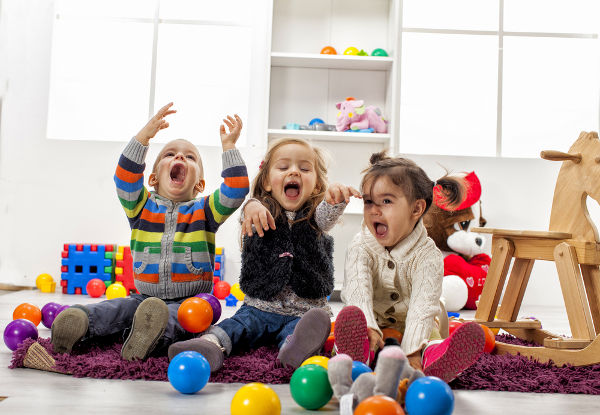
Although the venue you hire should have public liability insurance which will cover accidents that may occur to members of the public whilst in the venue, it’s a good idea to get your own insurance especially for the group. This will also cover the group for any injuries that arise, as well as legal expenses, and loss of equipment, money, etc. from theft or property damage. The Pre-School Learning Alliance specialise in providing insurance for childcare settings, including for parent and toddler groups.
Committee and Constitution
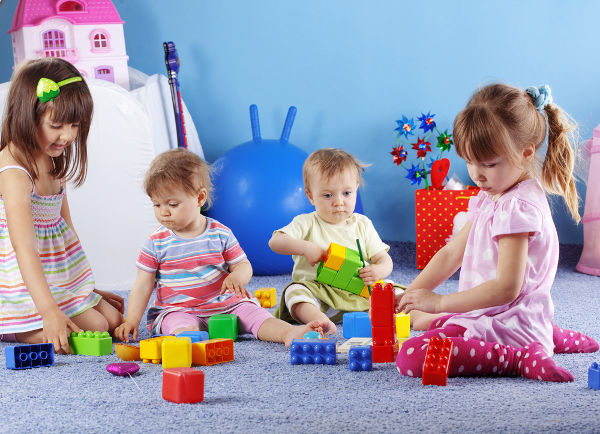
Having a committee and a constitution for the group is not necessary, but it will make you seem more appealing to possible funders who may be able to help you with set up costs. In addition, having a committee ensures that the responsibility for the group does not lie with one single person, as this can be a huge, time-consuming task.
For your committee, you may wish to appoint a chair, vice-chair, treasurer, and secretary. This group can work together to make decisions about funding, direction of the group etc. You may also wish to invite parents to sit on the committee as additional members.
A constitution is a document that sets out the purpose, aims, etc. of the group. You can use this to support any funding applications you may wish to make. There is no set template to what should be included, but a good start would be to use the following structure:
- Name of Group
- Aims & Objectives – This could include how you want to provide a safe place for parents and toddlers to play or engage with the local community
- Powers – What abilities the group has, such as making decisions on venue hire, purchasing insurance, or organising activities, for example
- Membership – Who can join your group – so, for example, any parent with a child aged up to 4
- Committee Roles & Responsibilities
- Finances – Things like who is responsible for them and how records will be kept
Getting Toys & Other Equipment
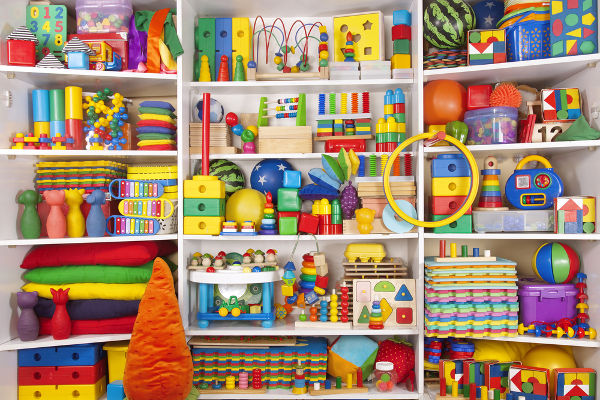
No parent and child group will function without some toys or activities for the children. For this you may wish to scour freecycle groups and items available for free on social media sites. However, if you are able to secure funding, then you can provide a good range of toys / equipment. Your local council or Surestart centre may have grants available that you can apply for, whilst local charities may be willing to help. This is where your constitution will be useful. In addition, consider approaching local businesses for support in return for advertisements on any fliers you produce.
Many supermarkets have funds available to support local charities and groups so you may find they are willing to donate items or funds. Once your group is established you will probably find that many parents who attend the group are willing to donate old toys and this will provide you with a regular update to your equipment list. Make sure you keep an inventory of any items you purchase for insurance purposes.
If you are setting up a generic parent and child group, try to get a range of toys and equipment to suit all ages. For example, you may wish to get some soft mats and activity gyms for babies. Get some storage boxes for the toys and divide them according to type – i.e, construction toys, building bricks, dressing up clothes, play kitchen toys, dolls, baby toys – just to name a few. This will help you to keep track of what you have and will make clearing up easier.
Ikea have some great toy ranges including road rugs, train sets, and kitchens, and may be a good starting point. Playhouses are great fun for children, but you do need space to store them and they can be difficult to assemble and disassemble each week. If you have outdoor space available or a large indoor space then you could consider getting some ride-on toys, though be aware that accidents can occur.
Snacks & Refreshments
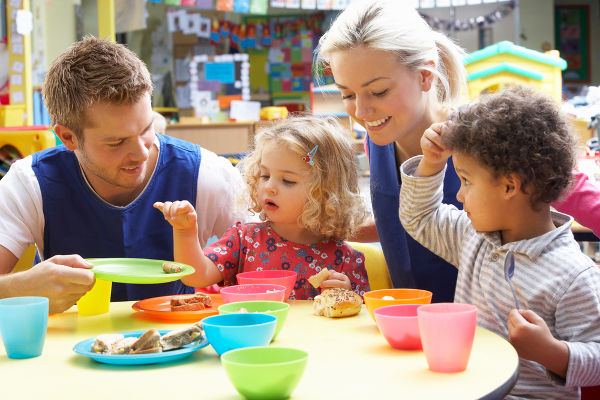
You don’t have to provide snacks and refreshments, but it will help your group to be more appealing. You may want to provide tea / coffee and biscuits for the parents, and have a snack time for the children that includes healthy foods, such as fruit and crackers. If you decide to provide snacks then you will need to have a collection of plastic plates and sippy cups for the children, and access to mugs for the parents, as well as a preparation area and somewhere for the children to sit, even if it is just a special mat on the floor. You will also need to factor the replenishment costs of these snacks and drinks in with the charges for parents.
Finances
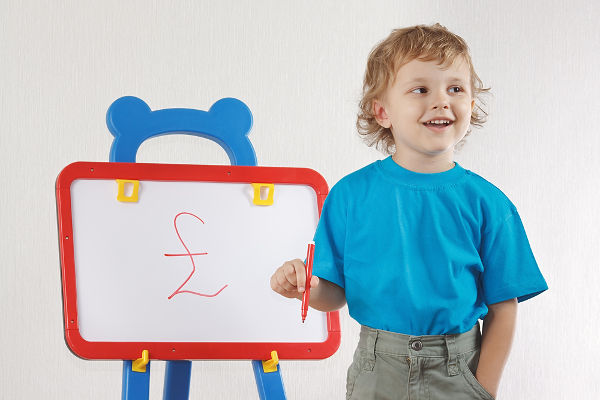
Once you have priced up your venue, insurance, and on-going costs, such as snacks, then you will need to set a charge for parents to cover your costs. You will probably be looking at a cost of around £2-3 per family, though it may be more if venue costs in your area are particularly high. You will need to decide how the charges are applied, for example, whether you charge a set amount per family, or per child who attends.
Your group should have a bank account into which the parent charges can be paid and from which you can pay for the insurance and venue hire. You should keep accurate records of your income and outgoings, as this will help you with any future funding applications you may wish to make. It’s a good idea to nominate a treasurer who will take responsibility for the finances, and you could have the account accessible by both the treasurer and the group chair in case one or the other is unavailable when needed.
You may find your group is more popular at certain times of the year. Therefore, it’s a good idea to build up a slight surplus to cover quieter times. For example, during the summer term many parents who don’t yet have children in school may choose to take a holiday and the numbers attending your group may dwindle. However, if you find that you are building up a large surplus then why not use some of that to throw a Christmas party or summer picnic?
Times and Structure
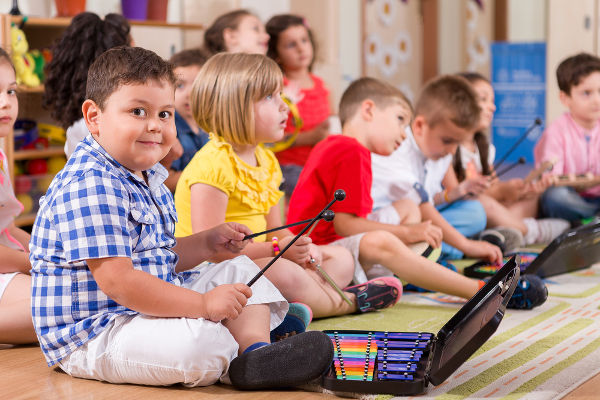
You need to think about the timings of your group. Too early, and parents who have children to drop off at school will struggle to make it. Too late and you will be clashing with the school run at the end of the day. Make it over lunchtime and everyone will be too busy eating. 10am or 1pm seems to be the most popular start times with many groups running for an hour and a half to two hours. Make it much longer then children will start to become bored or cranky if they are missing naps.
Think about whether you want a structure for the group. Children may become bored if they are simply given two hours of free play time so a structure can make the group seem more appealing. An example structure is provided below:
- 10am – Welcome / Free Play
- 10.30am – Snack Time
- 10.45am – 11.15am – Free Play / Craft Activity
- 11.15am – 11.30am – Tidy Up Time (Getting the children to help tidy up saves you a job later!)
- 11.30am – Sing Song Time (Nursery rhymes, etc.)
- 11.45am – Close
Advertising The Group
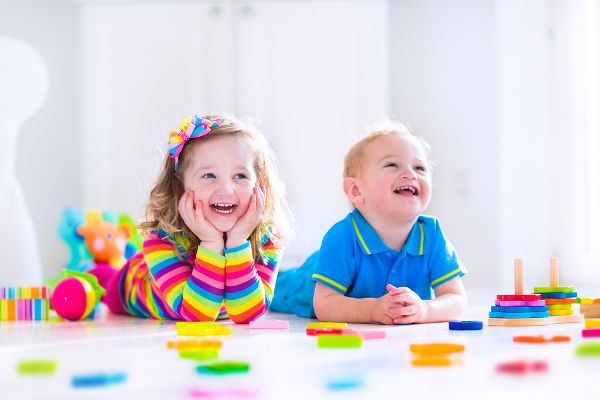
Now you have everything set up you need to make parents aware of the new group. If you are an IT whizz or know someone who is then you can easily design some colourful A4 posters to attract attention. Your local library will have printing facilities available for a low cost. You can ask to display these posters around your community, for example, in local supermarkets, doctor surgeries and NHS drop in centres, and in local children’s centres.
Let other parents in the area know via social media groups. Most areas have buy and sell groups on Facebook for baby and toddler items and these are a good place to start. You can also contact local charities who may be working with parents in the area. In particular, the National Childbirth Trust may be able to help you with a slot in their local newsletter.
Finally, get in touch with your local council’s Family Information Service, as well as the Health Visiting Service and the Community Midwives, as these groups tend to keep lists of local parent and toddler groups to pass onto parents they meet.
Group Administration
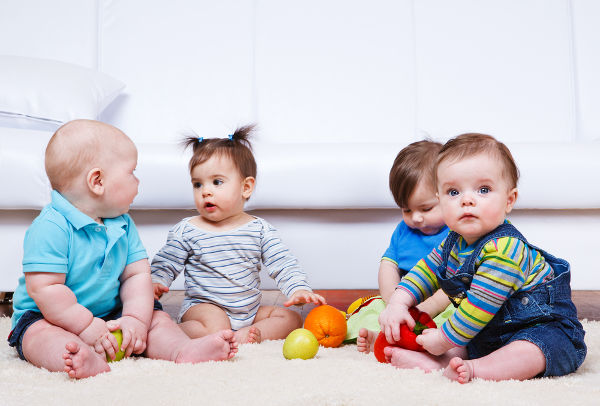
Once the group is established, make sure you keep a register of parents. It should include the parent’s name, the child’s name, a contact telephone number in case you need to cancel at last minute, and something to indicate they have paid their fee each time they attend.
Get Help
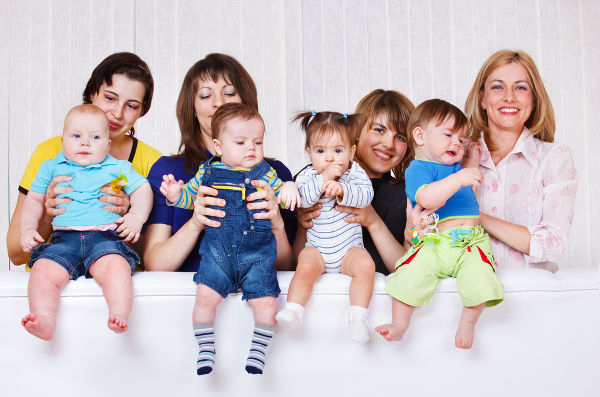
If you’ve made it this far, then well done. At this point it’s a good idea to start building up a bank of volunteers who can help with setting the group up and clearing up at the end. That way the burden isn’t always on you, which can be difficult if you or your child become ill. Make sure that the parents understand that this is a community group and will only thrive if the community are willing to work for it, and this includes helping out once in a while!




